What an incredible past month we’ve had in taking strides towards becoming more transparent and cognizant with sustainability and our environment. I’ve become more inspired than I knew was possible with events ranging from discussion panels at Fashion Revolution week to the People’s Climate March in Washington, and of course, Earth Day [which I celebrated a few weeks ago with SoRipe]. In light of this important month, I thought I’d share a bit of information on Earth day, some takeaway points and how you can make simple changes to contribute to the movement.
Earth Day was formed in 1970 by Gaylord Nelson, a U.S. Senator from Wisconsin as a way to spread awareness nationally about the environment. He was inspired by the anti-war movement and saw Earth Day as a way to teach others about air and water pollution, which was especially important after a massive oil spill that occurred in Santa Barbara in 1969. [1]
In just one year Earth Day was so popular that it led to the creation of the Environmental Protection Agency which subsequently led to the passage of the Clean Air, Clean Water, and Endangered Species Acts. By 1990, Earth Day had become a global event.
Present day, there are unfortunately still many people refuting the idea of climate change; well-funded oil lobbyists, the disinterested public and our newly appointed President Donald Trump. The sense of urgency to spread awareness and fight for a clean environment is still strong and perhaps it’s even more crucial as our President shares his negative views of climate change, especially as he looks to pull the U.S. out of the Paris agreement. Fortunately, there are still over a billion people celebrating Earth Day each year and who continue to make it their mission to do good for our planet. [2]
Mia Yamaguchi, coordinator at the CoolClimate Network at University of California, Berkeley’s Renewable and Appropriate Energy Laboratory, brings up a good point about the importance of an individual’s impact on climate change in an article on Life Science. We have the power to significantly improve and manage our own environmental impacts by making small changes; taking mass transit instead of driving, recycling, and ditching the plastic utensils are a few that first come to mind. With other things like foreign relations, or national debt, it takes a lot more political involvement to make a small change with a lot less participation from the individual. [3]
Having lived in New York for the past five years, I have become extremely aware of my carbon footprint and how I can make a change. From the amount of taxis I was taking to castings to the waste as a result of the fashion industry I work in, I began to realize that I was a lot more part of the problem than I thought I was and have made small adjustments in the way I live to ensure I’m a bigger part of the solution.
On that note, for Earth Day this year I teamed up with SoRipe, an organic health food catering company to go to New Hampshire for a retreat where all 25 of us would get out of the city and surround ourselves with nature. My friend and fellow model Dani Seitz helped organize the event with activities ranging from a hike up Mount Sunapee to candlelit yoga to an organic spa night. We not only wanted this retreat to be a celebration of our Earth but to also raise awareness about the impact we all have on the environment.
The hike we did on Earth Day, April 22, proved to be the medication we all needed, whether we knew it or not. It didn’t matter how hungry we were, how tired we were, or if our broken toe was hurting or not (sorry Doc, the hike was definitely not flat and I definitely made it worse than it was) but it was worth every minute of the four-five hours we were there. Everyone couldn’t get over how full of life they felt taking in the fresh air as we made our way to the misty mountain top.
In addition to our hike, we reached out to a few environmentally conscious companies to provide some samples to test out and use. These companies take environmental protection to heart and are fully transparent with all of their practices.
Health-Ade Kombucha
Health-Ade ensures high-quality and good taste for their fermented teas, also known as kombucha. Everything is certified organic, non-GMO, gluten-free, raw, vegan, and kosher. They look to inspire people to look good and feel good; something that they believe comes from having a healthy gut.
Herbivore Botanicals
Herbivore values safe, non-toxic products that are good for you and made with natural ingredients from our environment. Every ingredient they use are there for a specific therapeutic reason with no fillers of any kind used. They’re not tested on animals and are made with an emphasis on high quality food-grade ingredients. Our skin is our largest organ and absorbs everything we put on it into our bloodstream. Herbivore ensures everything you use is just as good as the organic food you feed yourself.
Justin’s
Justin’s is a nut butter company that values innovation and corporate consciousness. Integrity and transparency with their staff and consumers is of up-most importance to Justin’s every step of the way. They take care of the earth by sourcing local, high-quality ingredients, simplifying the supply chain and by mitigating their environmental impact.
Keap Candles
Keap was created to provide consumers with a middle ground; a candle that was neither full of harsh chemicals nor overly priced. In addition to making candles that are better for our health and our pockets, Keap started as a Public Benefit Corporation to provide better access of affordable, sustainable living to people outside of the electrical grid. They’ve partnered with SolarAid to provide solar light to communities in need through their Buy a Candle, Light a Home program.
Prana
Prana considers every type of person when they make their clothes with sustainability, style and versatility always to heart. They go out of their way to ensure every part of their supply chain is sustainable from the materials they use to the suppliers and factories they work with. The doers, makers and shakers that wear their clothes not only value style and design but are also environmental enthusiasts that need their clothes to last more than a few washes.







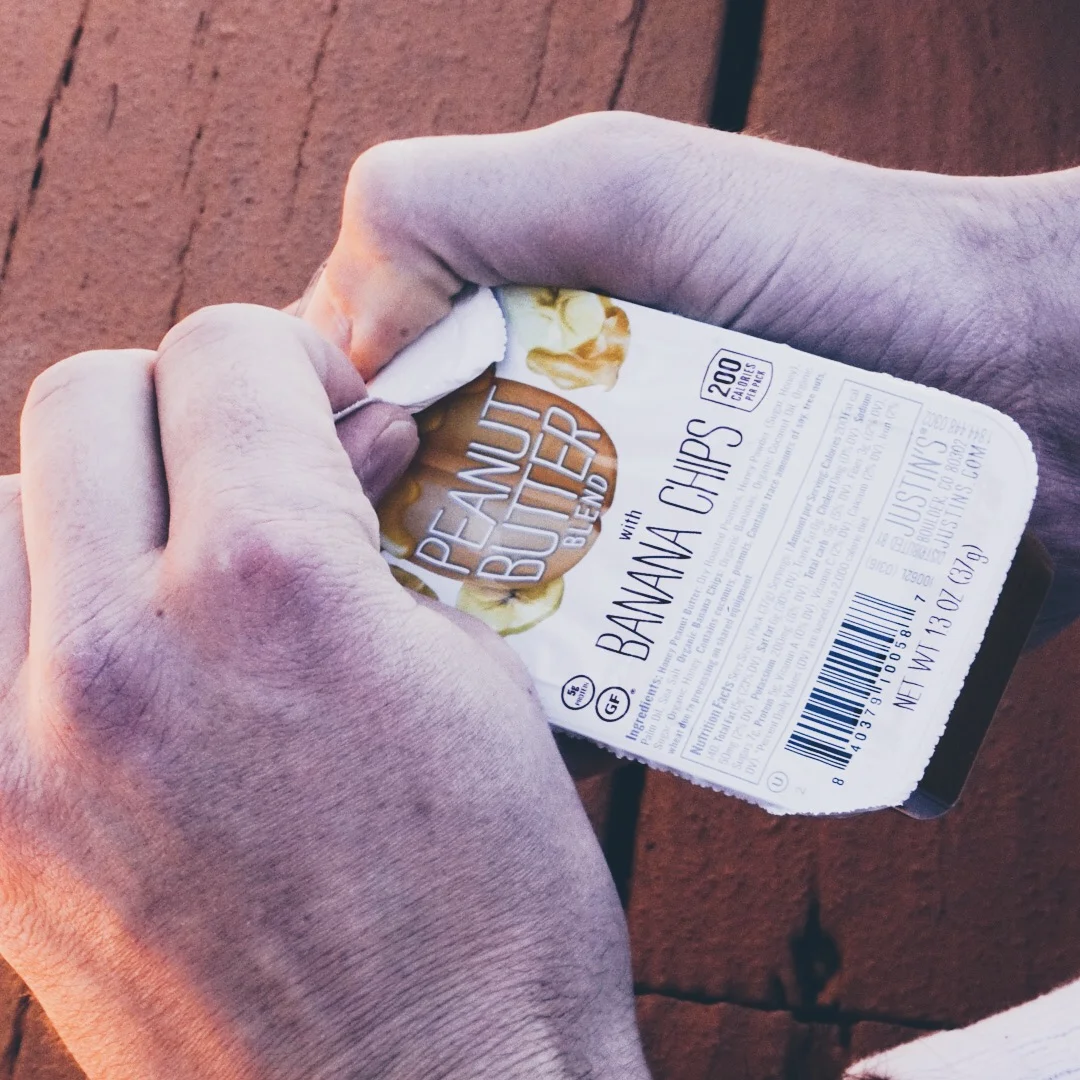
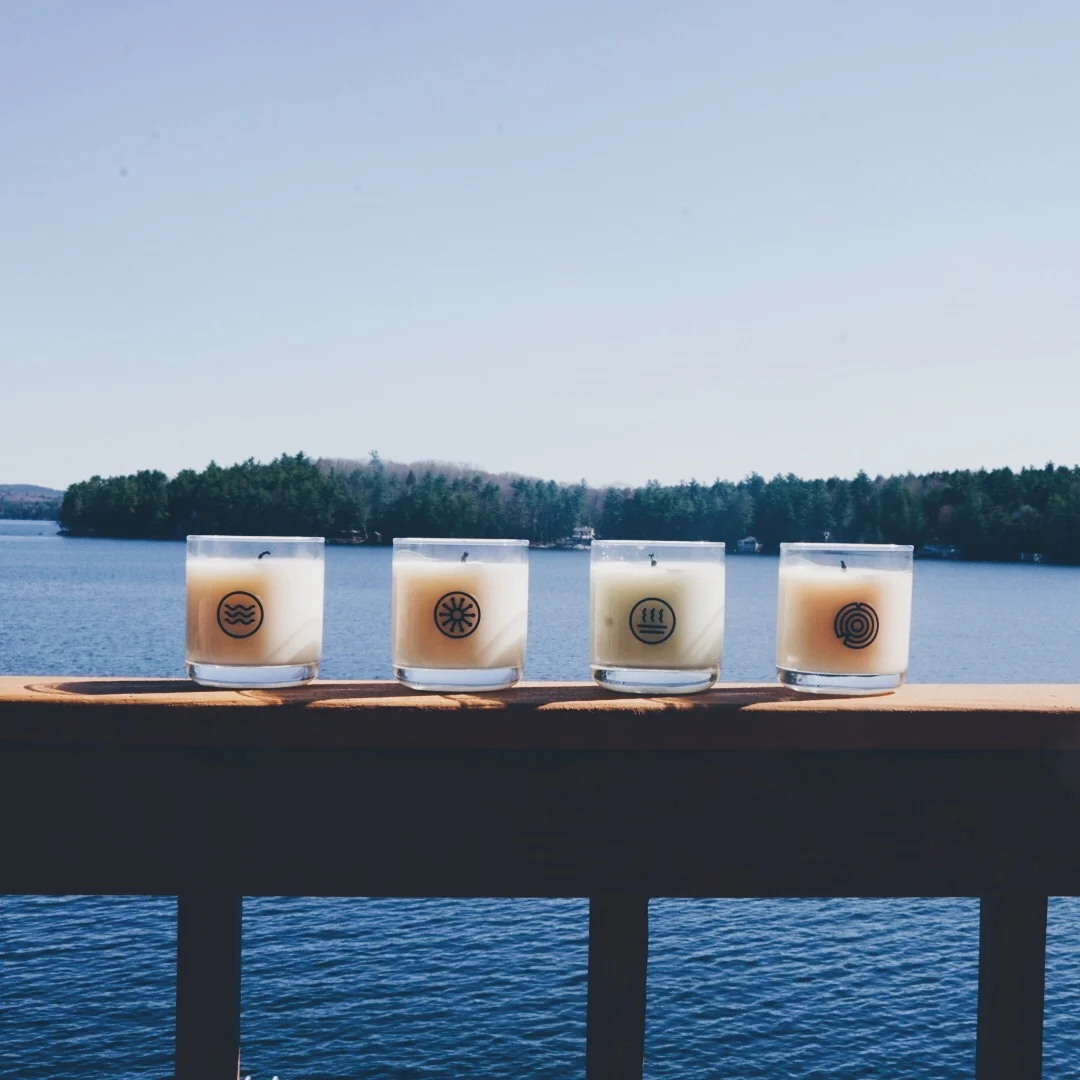


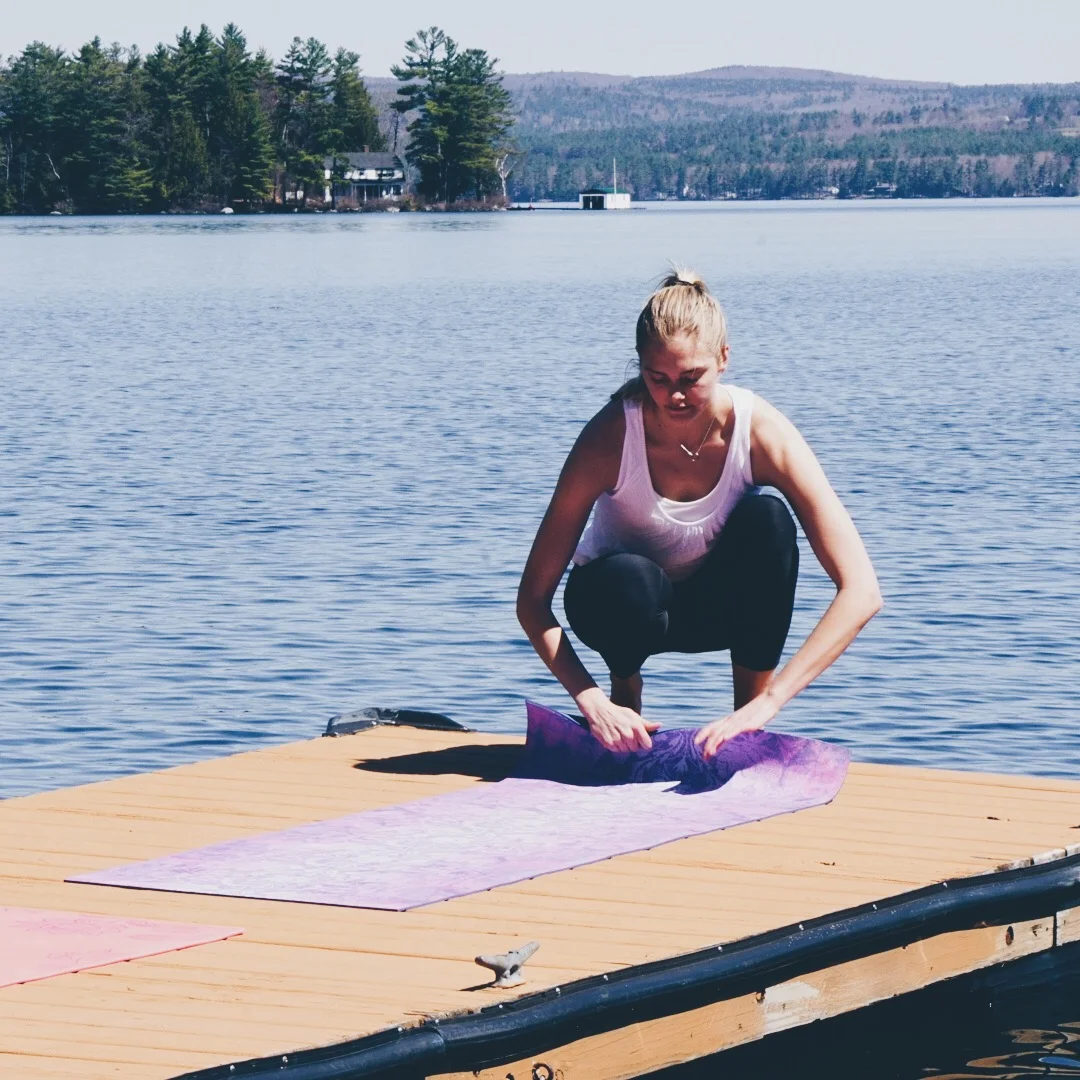

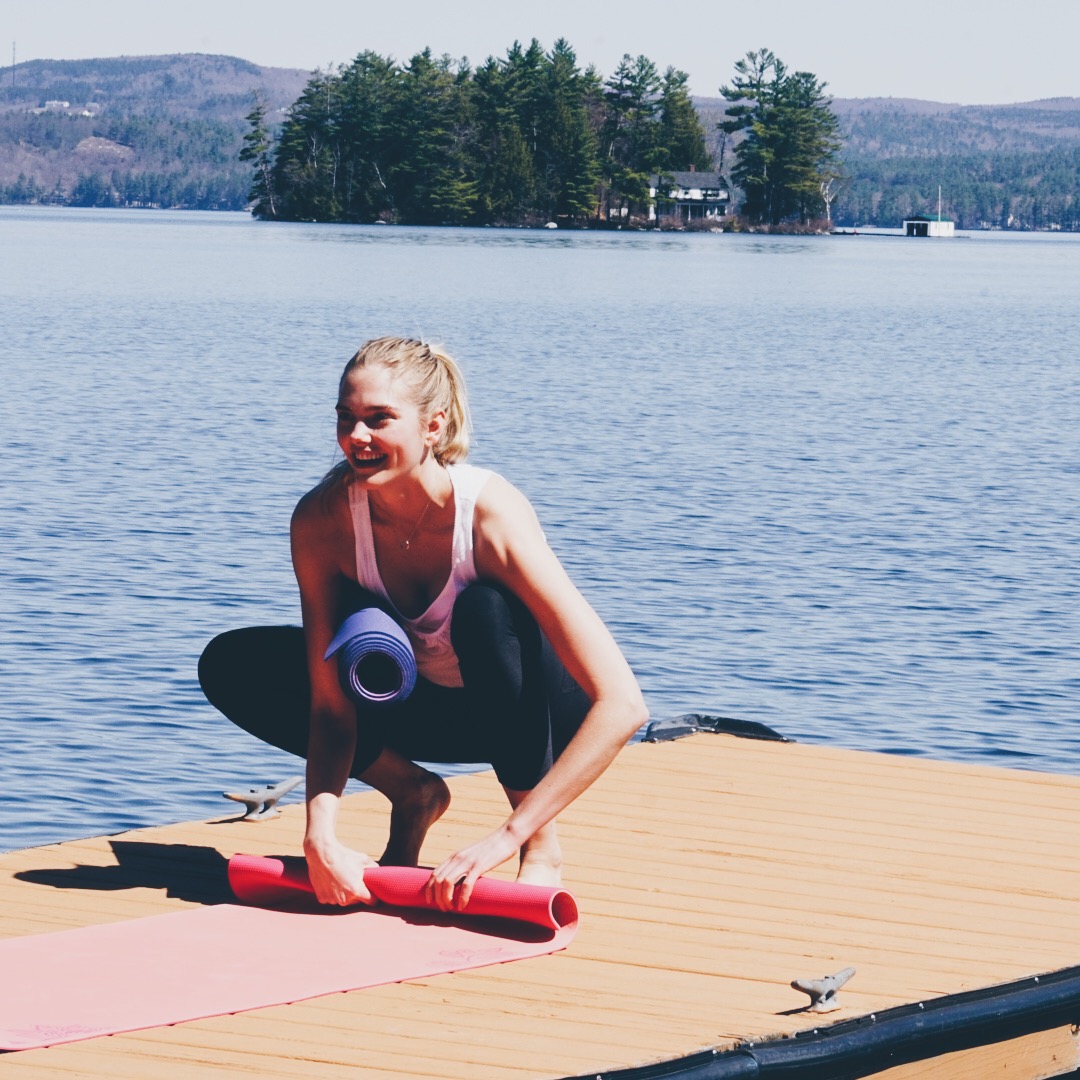


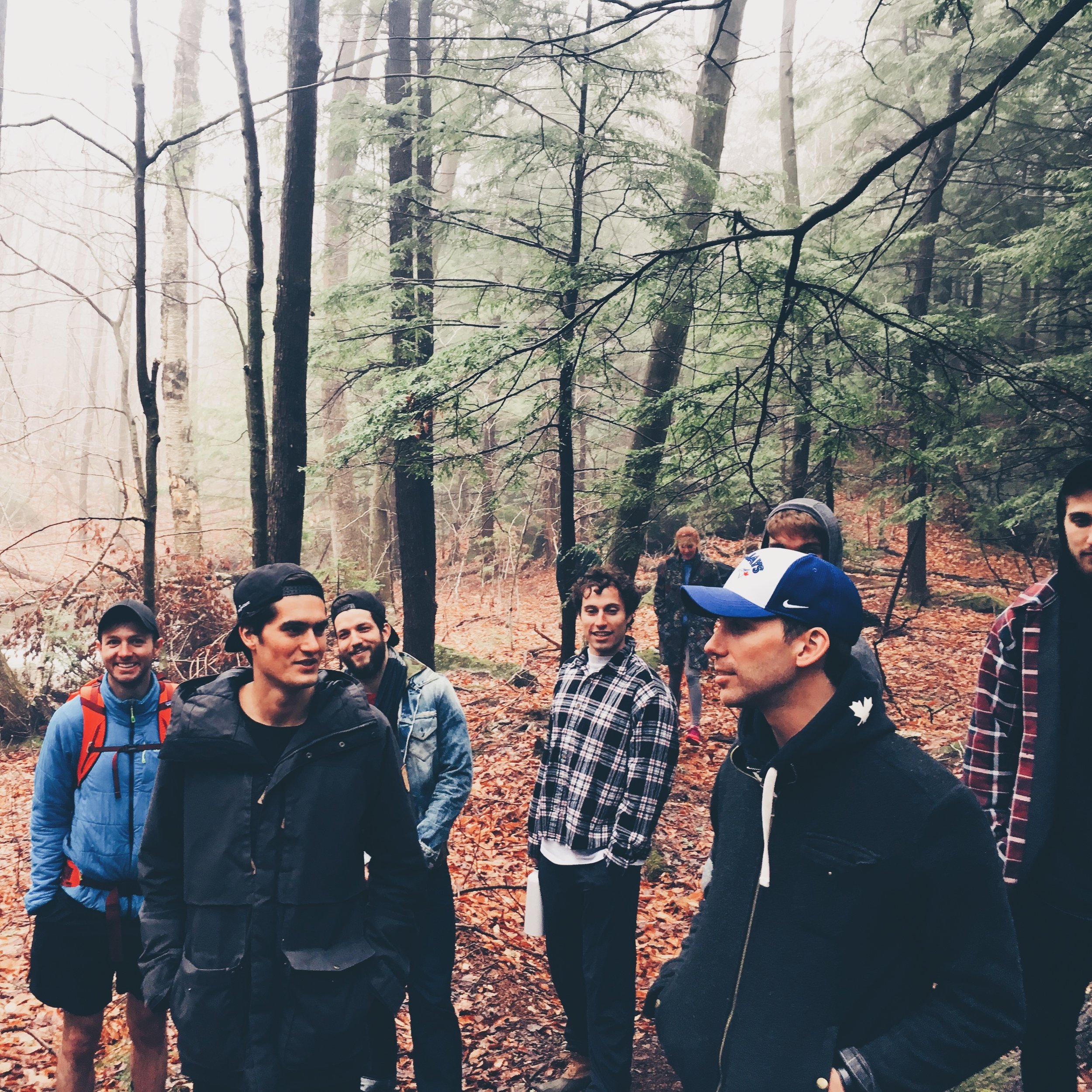



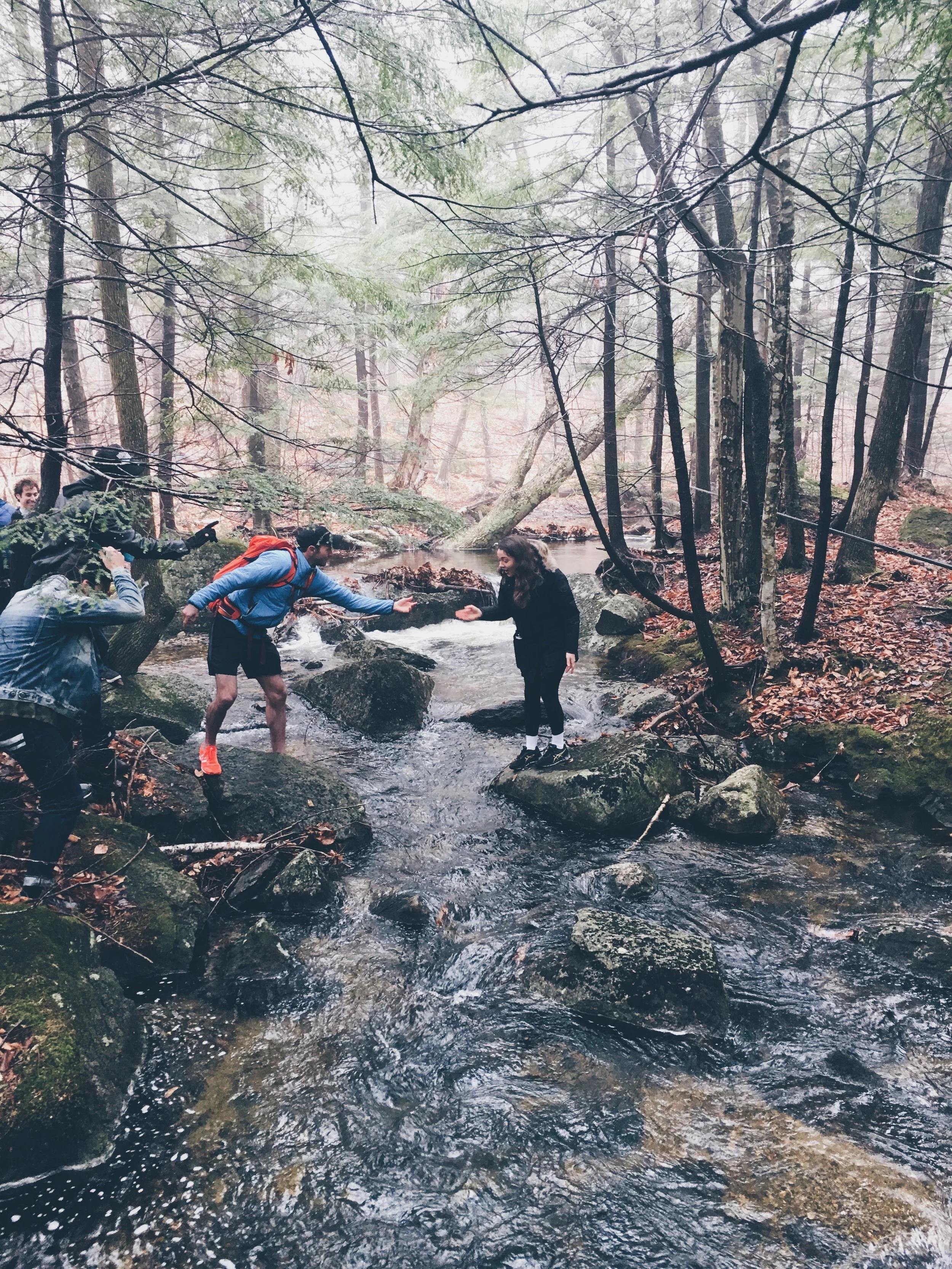

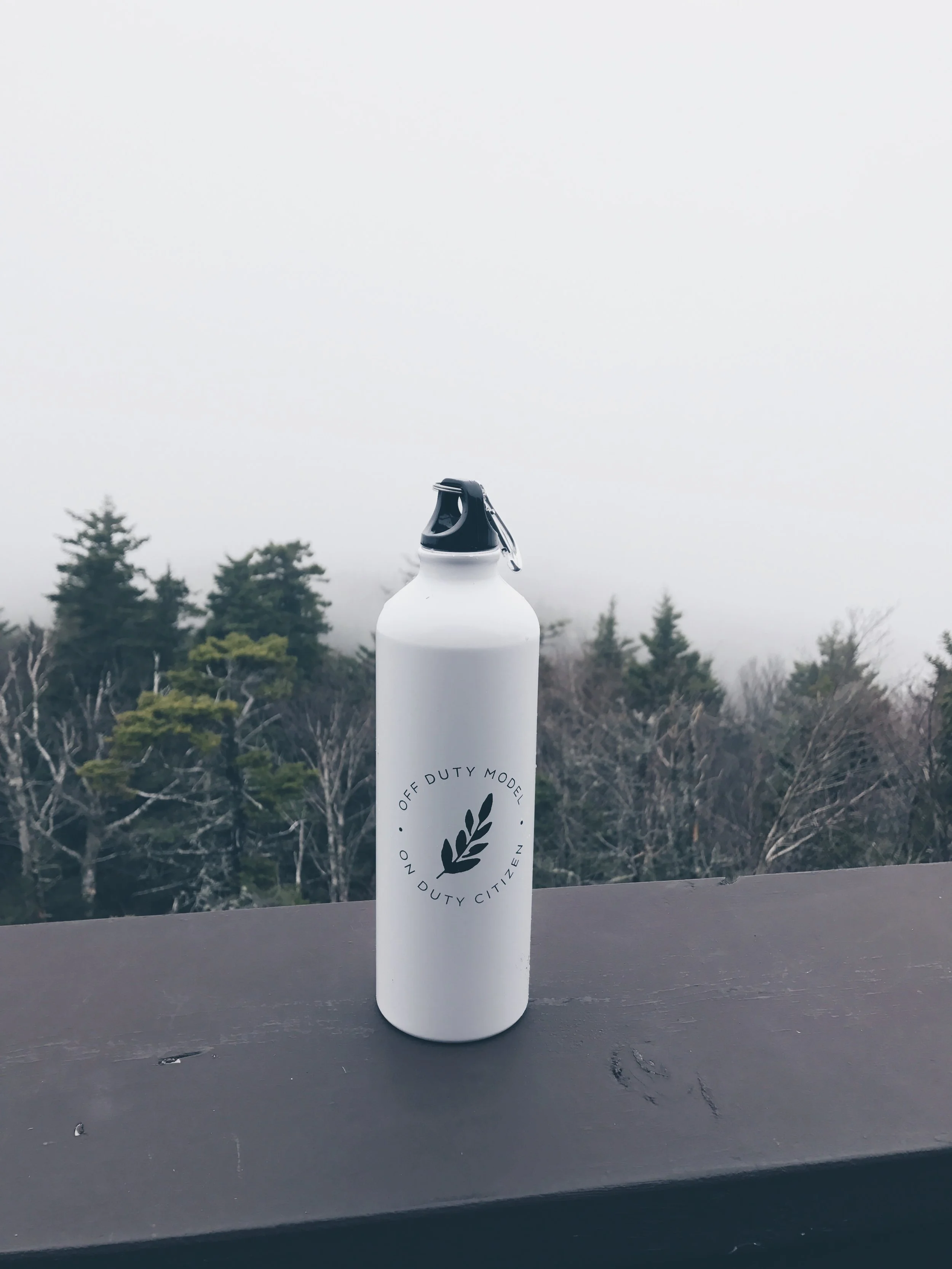
It’s important for us to remain conscious of our habits whether it’s Earth Day or not. We have made significant victories since Earth Day’s began 47 years ago [6], and should continue holding ourselves and our policy makers accountable to our environmental footprint so we can continue with victories.
While I consider myself a feminist, an organic food advocate and a democratic health care proponent, none of that matters in comparison if we’re living on an unstable planet where communities are forced to migrate because of climate change or if the health of certain neighborhoods are compromised because of their geographic location. Our planet cannot sustain life if we continue to ignore the signs it’s sending us of how unsustainably we’re living. I don’t want my grandkids to ask me why we had the resources (and common sense) to protect our planet and why we chose to ignore them.
Here are some small steps you can take towards living more sustainably. You shouldn’t feel the pressure to change every way in which you live but as Yamaguchi of CoolClimate stated, we as individuals can make crucial, positive impacts on our climate in small ways and all of that starts with self-awareness.
1. Donate
• If you don’t have the time to get as political as you’d like, invest in companies that are doing the work and research for you!
• Project Tsehigh is a nonprofit that provides renewable energy sources to impoverished communities around the world.
• Environmental Working Group is a nonprofit organization dedicated to protecting human health and the environment.
• EarthJustice is the legal backbone helping back organizations big and small that protect our environment.
2. Go for a hike
• Explore the outdoors and enjoy what mother nature has to offer you. It’s a natural remedy that will calm your nerves and lower your stress levels. It’s a great workout and an awesome way to bond with friends and loved ones.
3. Use mass transit (or better yet, walk or bike!)
• Public transportation dramatically reduces vehicle emissions and pollutants that create smog.
• Transport accounts for 29% of greenhouse gas emissions just from the U.S. Public transportation will help significantly lower greenhouse gas emissions per passenger mile. [7]
4. Air dry your clothes
• In most households, the dryer is the third-most energy-hungry appliance, after the fridge and washer. If we air dry, we have the potential to lower our average household carbon footprint by 2,400 pounds per year. [8]
• Dryers account for almost six percent of a household’s annual electricity consumption. You can dramatically reduce your spending if you decide to switch to air drying. [9]
5. Stop using plastic water bottles, straws and utensils. Use reusable water bottles and carry reusable utensils with you.
• Over the last ten years, we have produced more plastic than during the whole of the last century.
• Enough plastic that is thrown away each year is enough to circle the earth four times.
• Americans throw away 35 billion plastic bottles per year.
• It takes 500-1000 years for plastic to degrade. [10]
• Need a reusable water bottle? Find ours HERE!
6. Become a conscious consumer. Buy less, buy better!
• The pattern of consumption has changed so dramatically; we now purchase 400% more than we used to only 20 years ago. [13]
• Especially in fashion, we’re taught to buy into seasonal, trendy clothes that often only last a few wears, if that, before they’re tossed into landfills.
• The average American throws away 82 pounds of textile waste each year which end up in landfills, often taking over 200 years to degrade [13]
• Buy less, buy better; invest in fashion that will last many wears, won’t go out of trend and are made by companies that value an ethical and sustainable production chain. [14]
7. Educate yourself
• There are a ton of amazing books, documentaries, and bloggers out there taking charge to raise awareness on climate change and environmental harm. If you’re looking to learn more, start small by educating yourself.
• EcoCult, Sustaining Life and Huffington Post Reclaim are all great resources to get in the know.
8. Get political
• I myself never considered myself a political person until I realized the importance of each individual to speak up and get involved
• By voting, donating, or going on a march, you can add to the masses and stick up for change. The fact that we live in a democratic society is so important and often overlooked. We have this incredible privilege to be political so don’t let it go to waste!
9. Lower your red meat intake
• In the U.S. red meat, especially beef, accounts for a lot of resources that cause a lot of waste and global warming emissions. [15]
• Animals require an enormous amount of water to grow crops for the animals to eat. A single cow will drink up to 50 gallons of water per day.
• It takes almost 20 times less land to feed someone on a vegan-style diet. [16]
• Red meat specifically causes 10-40 times as many greenhouse gasses as vegetables or grains. [17]
• If you’re a red meat fanatic, simply consider lowering your intake or making sure the meat you have is from organic, pasture-raised, grass-fed animals. Small steps can create a huge change for the better! For the better of our environment and for the betterment of your health! [17]
